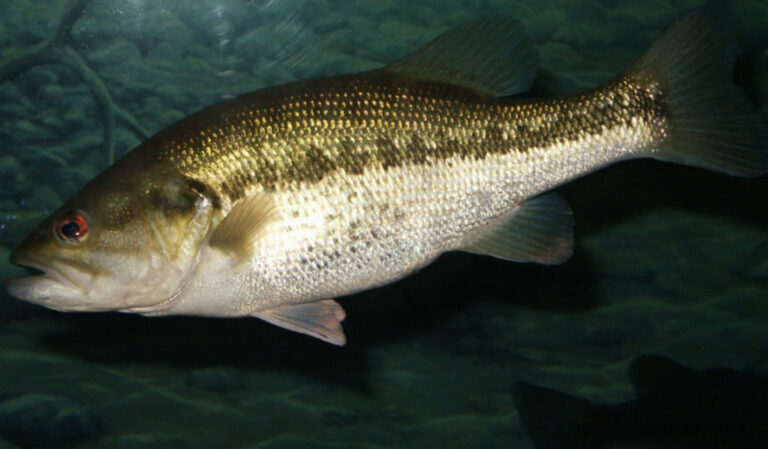The pictures we use in our articles might not show exactly what the words say. We choose these pictures to make you interested in reading more. The pictures work together with the words but don’t take their place. The words still tell you the important facts.
If you have ever strolled along the shores of a beach, chances are you may have glimpsed a magnificent Royal Tern soaring gracefully overhead. These coastal birds, with their vibrant orange bills and regal appearance, are truly captivating creatures that have captured the hearts of birdwatchers and nature enthusiasts around the world. In this article, we will unravel the world of Royal Terns and uncover 20 intriguing facts that shed light on their unique behaviors, habitats, and importance in coastal ecosystems. Join us on a delightful journey as we delve into the enchanting realm of these elegant seabirds!
The Marvelous World of Royal Terns
Royal Terns are coastal birds that can be found in warm and tropical regions around the globe. Their distinctive black crests, vivid orange bills, and elegant white plumage make them easily recognizable among the feathered residents of the beach. These stunning birds can often be seen diving for fish and crustaceans along the shores of oceans, estuaries, and lagoons, showcasing their impressive diving skills and aerial agility.
Unveiling the Secrets of the Royal Terns
Origins and Appearance
- The scientific name for the Royal Tern is Thalasseus maximus, derived from the Greek word for "sea," reflecting their close association with coastal habitats.
- Their wingspan of approximately 3.5 feet (1 meter) enables them to soar long distances and perform spectacular aerial displays.
Breeding Habits and Social Behavior
- Royal Terns are highly social birds that often gather in large flocks along coastlines, especially during the breeding season.
- Male Royal Terns engage in elaborate courtship displays to attract females, showcasing their strength and agility through synchronized flights and postures.
Nesting and Reproduction
- These birds nest in colonies on sandy beaches or barrier islands, creating shallow scrapes in the sand for their eggs.
- The female lays one to two eggs per breeding season, with both parents taking turns incubating the eggs until they hatch after 21 to 25 days.
Feeding Habits and Survival Skills
- They are skilled divers, capable of plunging into the water from heights of up to 30 feet (9 meters) to catch their prey.
- With a diet consisting primarily of small fish, Royal Terns use their sharp beaks to snatch fish from the water's surface or dive underwater to seize their meals.
Guardians of the Coast: The Role of Royal Terns in Ecosystem Health
Royal Terns play a crucial role in coastal ecosystems by contributing to nutrient cycling through their droppings, known as guano. These valuable nutrients support the growth of plants in the surrounding soil, highlighting the integral role these birds play in maintaining the balance of marine environments. Additionally, Royal Terns serve as indicators of coastal ecosystem health, with their presence and abundance reflecting the overall well-being of these fragile habitats.
Conservation Efforts and the Future of Royal Terns
While Royal Tern populations are currently considered a species of least concern by the IUCN, their long-term survival is dependent on continued conservation efforts. Preserving their coastal habitats, reducing pollution, and minimizing disturbance are essential steps in safeguarding the future of these magnificent birds. By respecting their nesting sites and observing them from a distance, we can ensure the protection and preservation of Royal Tern populations for generations to come.
Embrace the Majesty of Royal Terns
In conclusion, Royal Terns are truly remarkable creatures that embody grace, beauty, and resilience in the coastal landscapes they call home. From their striking appearance to their impressive diving skills and nesting behaviors, these birds enchant us with their unique qualities and behaviors. As we marvel at their regal presence and graceful flight, let us also embrace our role in protecting and cherishing the precious natural world that these magnificent birds inhabit.
FAQs: Uncover More Insights About Royal Terns
Q: Where can Royal Terns be found?
A: Royal Terns can be found along coastal areas across North and South America, including the Gulf Coast, Atlantic Coast, and the Caribbean.
Q: What do Royal Terns eat?
A: Royal Terns mainly feed on small fish, such as anchovies, sardines, and sand eels, which they catch by diving into the water from mid-air.
Q: How do Royal Terns communicate?
A: Royal Terns communicate using a variety of vocalizations, including series of sharp calls and low croaks. They also use various body movements, such as head bobbing and wing flapping, to communicate with each other.
Q: How do Royal Terns protect their eggs?
A: Royal Terns protect their eggs by creating shallow nest scrapes in the sand. They lay one to two eggs and take turns incubating them. The parents also use a distraction display technique to divert potential predators away from the nest.
Q: Are Royal Tern populations stable?
A: While Royal Tern populations face some threats, such as habitat disturbance and human disturbance on nesting beaches, they are currently considered a species of least concern by the IUCN. However, continued conservation efforts are important to ensure their long-term survival.
Explore and Learn in Good Company
Our commitment to delivering trustworthy and engaging content is at the heart of what we do. Each fact on our site is contributed by real users like you, bringing a wealth of diverse insights and information. To ensure the highest standards of accuracy and reliability, our dedicated editors meticulously review each submission. This process guarantees that the facts we share are not only fascinating but also credible. Trust in our commitment to quality and authenticity as you explore and learn with us.






